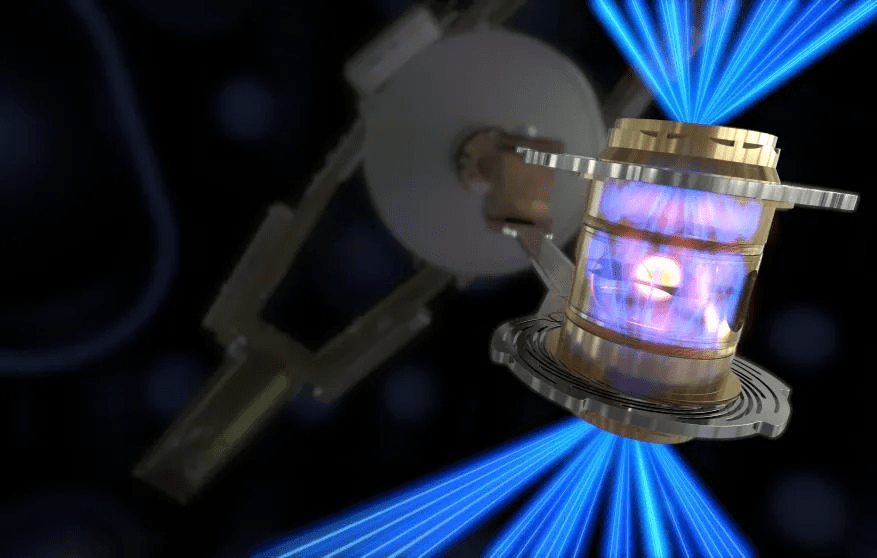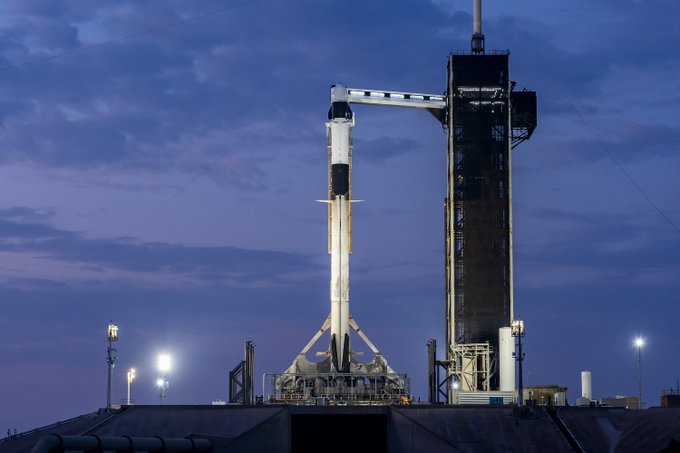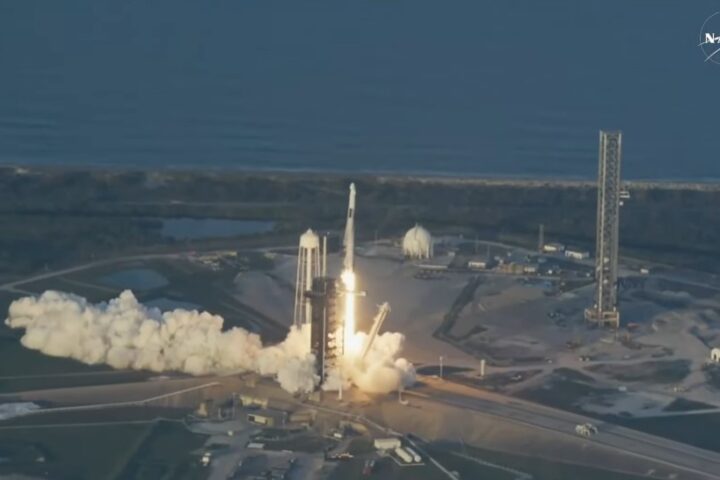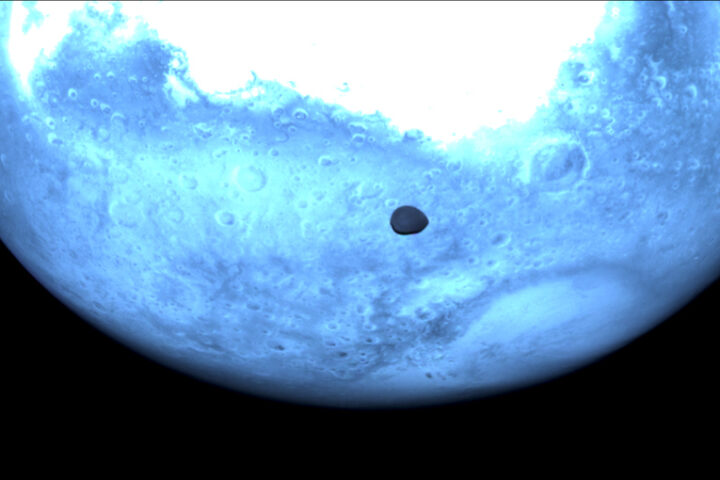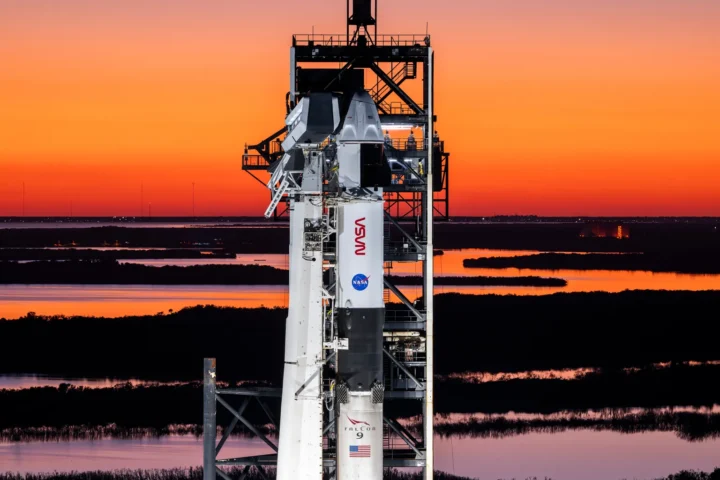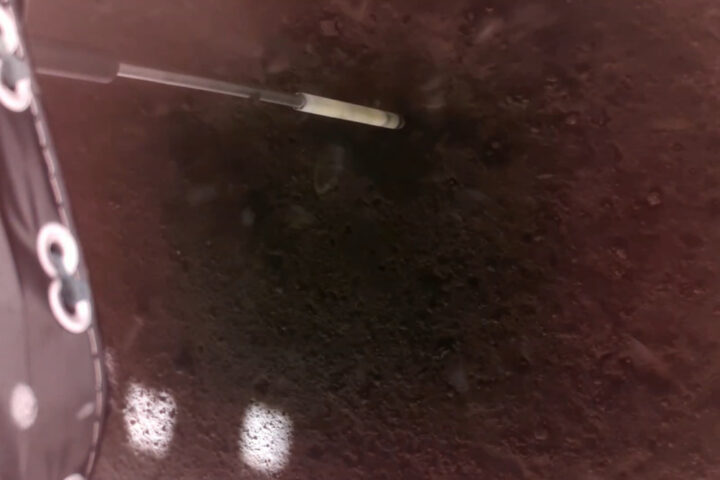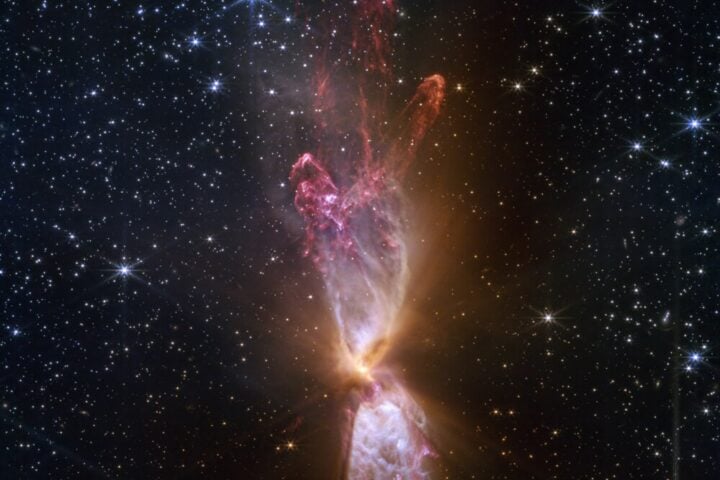According to a media report, a novel satellite system that enables the recovery and reuse of its in-space manufacturing spacecraft has been developed. Founded in 2018, Space Forge, a U.K.-based company, has developed the world’s only dedicated relaunchable supermaterials manufacturing satellite called Forge Star, with soft-descent and high-precision landing capabilities.
A soft landing can be achieved by ForgeStar through the utilization of a new heat shield and a water vehicle. Previous spacecraft missions such as Mercury, Gemini, and Apollo have utilized ablative heat shields to cool and protect mechanical parts from high temperatures.
As the ablative heat shield consists of a layer of plastic resin that converts to gas, the heat is dissipated through convection. SpaceX Dragon2 and Orion spacecraft use ablative heat shields. After each mission, however, the ablative heat shield requires replacement.
Space Forge has designed a new heat shield called “Pridwen”, which is large enough to dissipate heat generated during atmospheric events. Constructed using a high-temperature alloy, the Pridwen is designed to fold during launch and uphold itself upon the spacecraft’s return to Earth.
Andrew Bacon, Space Forge’s co-founder and chief technology officer, has said that ablative heat shields are outdated technology. Welsh in-space manufacturing startup Space Forge has developed a satellite reentry system to facilitate the rapid recovery and reuse of its spacecraft.
It is planned that the new system, including a heat shield and water vehicle for softening the landing, will be integrated into the Space ForgeStar satellite platform.Space Forge‘s “Pridwen” heat shield is designed to radiate away the heat generated during atmospheric reentry, unlike ablative heat shields, which require replacement after each mission.
Made of a high-temperature alloy, the Pridwen can fold during launch and unfold during the spacecraft’s return to Earth. Space Forge aims to distinguish itself from competitors by moving away from ablative heat shields. Andrew Bacon, co-founder and chief technology officer, has explained that ablative heat shields are outdated technology.
Similar Post
The company has also developed an unscrewed water vehicle named “Fielder” to catch and softly land the ForgerStar spacecraft. The objective is to minimize stress on sensitive payloads and reduce the need for spacecraft refurbishment.
The initial focus of Space Forge’s ForgeStar, a small-class vehicle with up to 6 months of deployable orbit time, will be the production of semiconductor, alloy, and biological materials. Following the failed launch attempt on Virgin Orbit’s mission in January, the reentry capabilities will be tested with the ForgeStar-1A satellite later this year.
With the launch date and provider undisclosed, the debut mission is intended to be launched without customer payloads. Space Forge, along with several other companies, is competing for the emerging market for materials produced in space.
The aim of the 5-year-oold startup is to produce semiconductors, pharmaceuticals, alloys, and other materials in space. Challenges remain in scaling up production and returning them to Earth, though astronauts on the International Space Station have demonstrated the feasibility of manufacturing these materials in orbit.
As explained by Space Forge’s co-founder, Andrew Bacon, the space station is emphasized not to be a factory, and cargo vehicles like Dragon capsules are not optimized for large-scale manufacturing. As existing reentry methods can be problematic for delicate materials, differentiating itself is hoped to help Space Forge reduce the cost of return.
With participation from other investors, including Space VC and Starbridge Venture Capital, a seed round of $10.2 million has been raised by Space Forge, led by Space Fund, Type One Venture, and World Fund.


